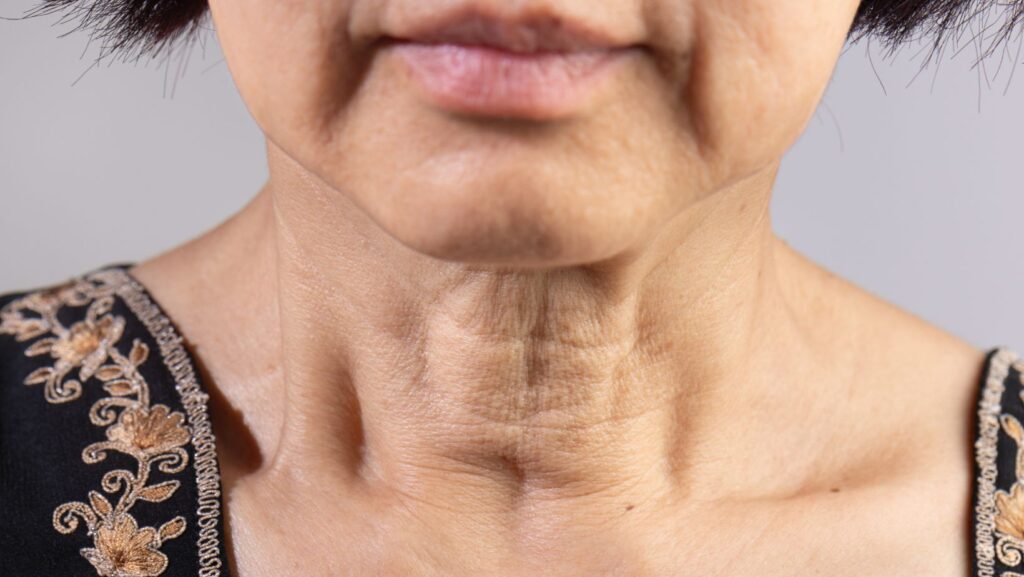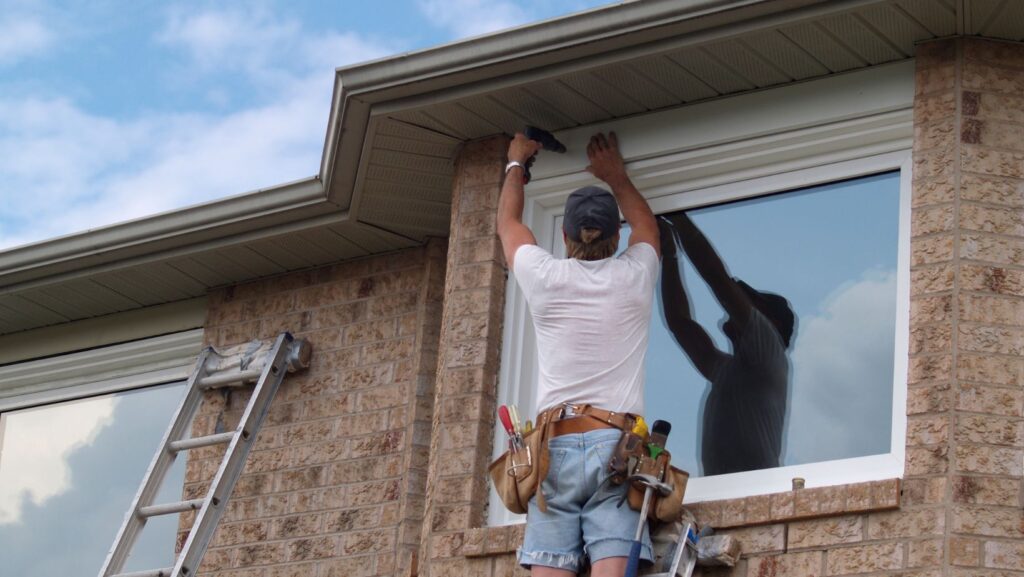Sagging skin and jowls—yeah, they’re classic signs of aging that catch a lot of us off guard. As skin loses its snap and facial fat drifts south, the changes become hard to ignore. Back in the day, surgery seemed like the only fix, but now there are less intense options. A face thread lift in SIngapore gives you a non-surgical way to lift sagging skin and soften jowls, and you won’t be out of commission for long. In this procedure, a doctor inserts special medical-grade threads under the skin. You get an instant lift, and over time, your skin ramps up collagen production for longer-lasting results.
Thread lifts are a solid choice if you want something more effective than creams but aren’t ready for a full facelift. The whole thing usually wraps up in under an hour, just with local anesthesia, and most folks are back to their routines in a couple of days.
Understanding Sagging Skin and Jowls
Everyone deals with facial aging eventually. Skin loses its bounce, tissues shift downward, and the changes show up in the mirror.
What Causes Sagging Skin and Jowls?
Age tops the list. As you get older, your skin churns out less collagen and elastin—those are the proteins that keep things firm and stretchy. Gravity never takes a break. It tugs on facial tissues, and as the skin’s support system weakens, everything starts to head south.
Too much sun speeds things up. UV rays wreck collagen fibers and damage cells, so you see sagging sooner than you’d like.
Other things that can lead to jowls:
- Genetics (if your family has a history of sagging skin, you might too)
- Weight ups and downs (stretching the skin over and over)
- Smoking (shrinks blood flow and slows collagen production)
- Facial expressions (making the same faces carves lines over time)
As you age, you also lose some bone in your jaw and cheeks, which means less support for everything above—so tissues sag even more.
Early Signs and Symptoms
Most people spot the first hints of aging in their mid-30s or early 40s. Maybe the jawline looks a bit less sharp, or skin feels a touch looser. Fine lines start showing up around the mouth and nose. Those smile lines (nasolabial folds) often deepen before sagging really sets in.

You might notice a slight dip next to your chin—the “pre-jowl sulcus”—where tissue is starting to separate from the jawline. Skin can feel thinner or just not as firm. That’s because there’s less fat underneath and fewer structural proteins. Some folks say they look tired or even a little down, even when they feel just fine. As tissues drift, your face’s proportions shift, and the vibe changes.
Impact on Facial Appearance
Jowls can turn a once V-shaped face into something more square or rectangular, which tends to read as older. Sagging blurs the line between your neck and jaw, softening what was probably a crisp jawline in your youth. The angle gets rounder, less defined.
As tissues drop, facial balance shifts. The lower face can start to look heavier, throwing off the overall harmony. It’s no surprise confidence can take a hit. When your reflection doesn’t match how you feel inside, it’s tough. Sometimes, feeling like you look tired or older than you are can even make work or social situations a little awkward.
How a Face Thread Lift Can Help Without Surgery
Thread lifts give you a way to refresh your face without signing up for a long recovery. Doctors use clever threading techniques to lift and support the skin, especially around sagging spots and jowls.
What Is a Face Thread Lift?
In a thread lift, the doctor slides medical-grade threads under your skin to lift sagging areas. These threads have tiny barbs or cones that grab the tissue and pull it up when tightened. They usually use materials like polydioxanone (PDO), polylactic acid (PLA), or polycaprolactone (PCL)—all safe and compatible with your body. You see a lift right away.
The whole thing takes about 30 to 60 minutes, just with local numbing. The threads dissolve over 6 to 12 months, but since they kickstart collagen production, you might enjoy results for 1 to 3 years.
How Thread Lifts Address Sagging Skin and Jowls
Thread lifts fight sagging in two big ways: they physically lift the skin, and they get your body to make more collagen. When the doctor places the threads and secures them in the tissue, you get an instant lift. The barbs on the threads create tension, pulling up loose skin—especially around the jowls and lower face. That tightening is visible right away.
But there’s more. The threads set off your body’s healing response, so fibroblasts get busy and new collagen forms around the threads. That collagen boost makes skin feel firmer and look smoother over time.

The combo of immediate lift and long-term support makes thread lifts a go-to for mild to moderate sagging—no surgery needed.
Benefits Over Traditional Surgical Options
Minimal Downtime
- Recovery: usually just 2-3 days, not weeks
- Most people are back at work in 48 hours
Lower Risk Profile
- No need for general anesthesia
- Far less risk of scarring, infection, or nerve trouble
- Sometimes reversible
Cost-Effective Option
- Usually costs 30-50% less than a surgical facelift
- No hospital stay or drawn-out aftercare
Thread lifts give you a natural look—none of that “overdone” or pulled-back effect you sometimes see after surgery. You can target just the areas that bother you, not your whole face. If you’re not quite ready for surgery, a thread lift might even give you a sneak peek at what a full facelift could do for you.
Who Is an Ideal Candidate for a Thread Lift?
If you’re in your late 30s to early 50s and dealing with mild to moderate skin laxity, you might be a good fit for a thread lift. People with decent skin elasticity and enough thickness to hold the threads usually see the best results. When there’s a lot of sagging or pronounced jowls, traditional surgery might honestly make more sense. It’s important to go in knowing that thread lifts offer subtle to moderate changes, not dramatic ones.
Some medical conditions rule out this option—think autoimmune disorders, blood clotting problems, or any active skin infections where you’d want the treatment. Generally, good health and not smoking help a lot. Meeting with a qualified provider is key; they’ll look at your specific concerns and anatomy to figure out if a thread lift makes sense for you.



